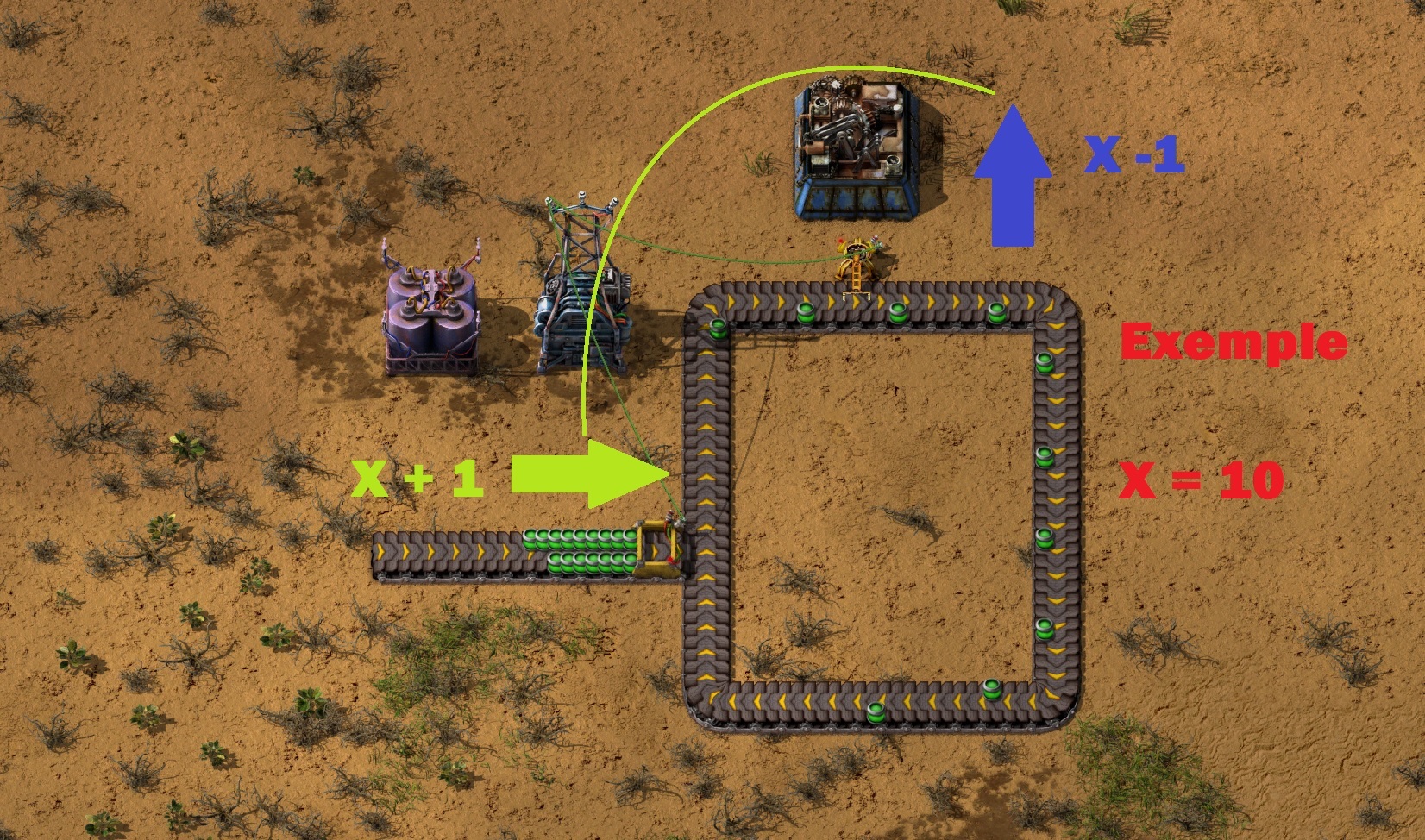I'm quite new to the use of logic and wire systems.
I am trying to find a way to setup a system that knows how many stuff is on my belt.
i would like it to add X by default so the belt always hold X. And when a factory or any system consumes 1 it sends a signal to add one to the belt.
So the belt always contains a set value of X and is only fed if needed.
thank you for your science !!





